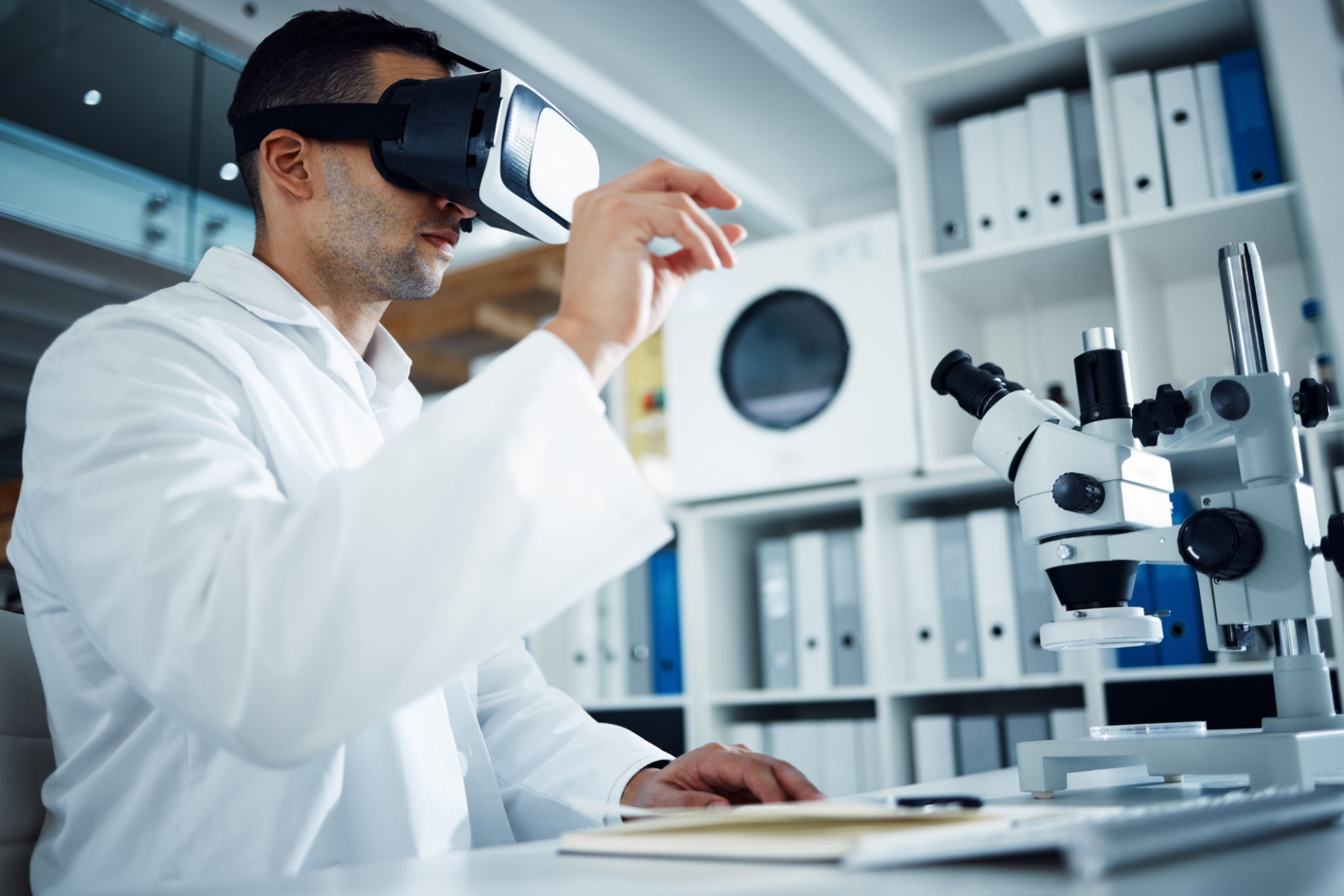Exploring the Latest Trends in Specialty Medical Devices
The Rise of Wearable Medical Devices
In recent years, wearable medical devices have surged in popularity, offering patients and healthcare providers a new way to monitor health in real-time. These devices, ranging from smartwatches that track heart rates to more advanced biosensors, enable continuous monitoring and early detection of health issues. This trend is driven by advances in technology, increased health awareness, and the growing demand for personalized healthcare solutions.

Integration with IoT and Big Data
The integration of wearable devices with the Internet of Things (IoT) and big data analytics has revolutionized how healthcare data is collected and analyzed. Through IoT connectivity, these devices can transmit data to healthcare providers in real time, allowing for prompt intervention when necessary. Big data analytics further enhances this by identifying patterns and predicting potential health risks, which is crucial for preventive healthcare.
3D Printing in Custom Medical Devices
Another significant trend in the specialty medical devices sector is the use of 3D printing technology. This innovation has enabled the creation of custom prosthetics and implants tailored to the unique anatomy of individual patients. The ability to produce personalized devices quickly and cost-effectively has made 3D printing a game-changer in the medical field.

Benefits of 3D Printing
The benefits of 3D printing in medical device manufacturing are numerous. It allows for rapid prototyping, reducing development time and costs. Additionally, it provides a high level of customization, which can lead to better patient outcomes. By using biocompatible materials, these devices can also improve patient comfort and reduce the risk of rejection.
Advancements in Robotic Surgery
Robotic surgery is becoming increasingly common, thanks to advances in robotics and artificial intelligence. These systems provide surgeons with enhanced precision and control, leading to less invasive procedures and faster recovery times for patients. Robotic surgical systems are now used in various specialties, including cardiology, urology, and orthopedics.

Future Outlook for Robotic Surgery
The future of robotic surgery looks promising as technology continues to advance. The development of more sophisticated robotic systems with improved AI capabilities will likely expand the range of procedures that can be performed robotically. As the technology becomes more accessible, it is expected to become a standard practice in hospitals worldwide.
Telemedicine and Remote Monitoring Devices
The global pandemic has accelerated the adoption of telemedicine and remote monitoring devices. These technologies have made healthcare more accessible, especially for patients in remote areas or those with limited mobility. Remote monitoring devices allow healthcare providers to track patient health from afar, ensuring continuous care without the need for frequent clinic visits.

The Role of AI in Remote Healthcare
Artificial intelligence plays a critical role in enhancing telemedicine services. AI-powered algorithms can analyze data from remote monitoring devices to provide insights into patient health and alert healthcare providers to any anomalies. This proactive approach enhances patient care by enabling timely interventions.
